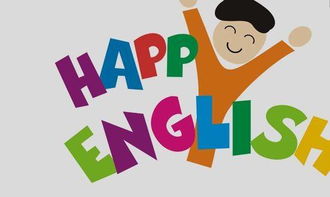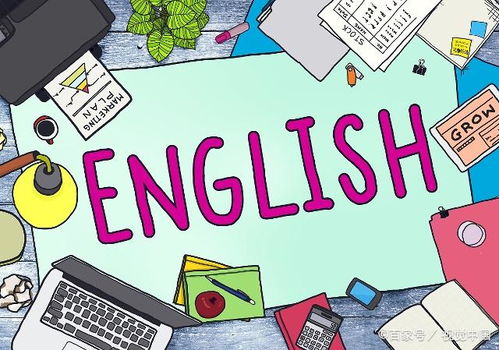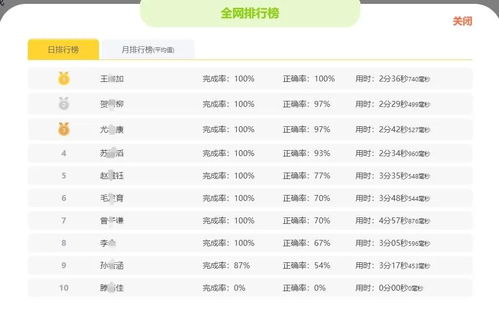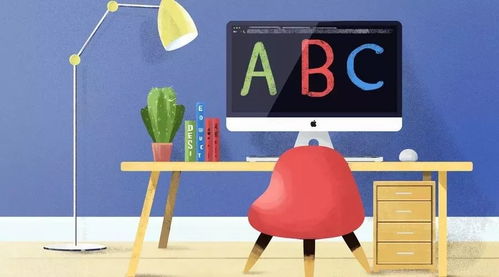Introduction to Gamified Learning in English Education

With the rapid advancement of technology and educational methodologies, gamified learning has emerged as a powerful tool in the realm of English education. This innovative approach not only makes learning fun but also enhances the overall learning experience for students of all ages and proficiency levels.
The Benefits of Gamification in English Learning

One of the primary advantages of gamification is its ability to spark interest and motivation among students. Games are inherently engaging, and by incorporating them into the learning process, educators can create an environment that is both enjoyable and effective. This method also improves memory retention, as students are more likely to remember information when it is presented in a game-like context. Additionally, gamification fosters collaboration and communication skills, as students often work together to achieve common goals within the game.
Types of Gamified English Learning Activities

There are various ways to implement gamification in English language teaching. One popular method is the use of word games, where students can engage in activities like card flipping and spelling challenges. Role-playing games are another effective tool for enhancing oral and listening skills, as students can simulate conversations and imitate different accents and intonations. Online platforms also offer a wealth of interactive games and challenges that can make learning English more engaging and accessible.
Effective Organization of English Gamified Teaching

When organizing gamified English teaching activities, it is crucial to consider the age and characteristics of the students. For instance, designing games that are both fun and competitive can help to stimulate the curiosity and competitiveness of young learners. Educators should also ensure that the games are aligned with the curriculum objectives and that they provide opportunities for students to practice and reinforce their language skills.
Case Study: The 'I am the Word King' Competition

A prime example of gamified learning in action is the 'I am the Word King' competition. This annual event, which has been held for three consecutive years, has attracted a wide range of participants from different educational levels. The competition not only tests students' vocabulary but also challenges their overall English proficiency, including speaking, listening, and critical thinking skills. The success of this event highlights the potential of gamification in fostering a competitive spirit and teamwork among students.
Designing Engaging and Competitive Games

When designing gamified English learning activities, educators should focus on creating games that are both entertaining and educational. This can be achieved by incorporating elements such as points, rewards, and leaderboards to encourage students to compete and strive for excellence. It is also important to ensure that the games are inclusive and accessible to all students, regardless of their proficiency levels.
Conclusion: The Future of Gamified English Learning

As the educational landscape continues to evolve, gamified learning is poised to play a significant role in English education. By leveraging the power of games, educators can create a more engaging and effective learning environment that not only enhances students' language skills but also fosters a love for learning. The future of gamified English learning looks promising, with endless possibilities for innovation and improvement.
Tags: GamifiedLearning EnglishEducation EducationalInnovation LearningMethods CompetitiveLearning

